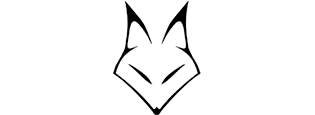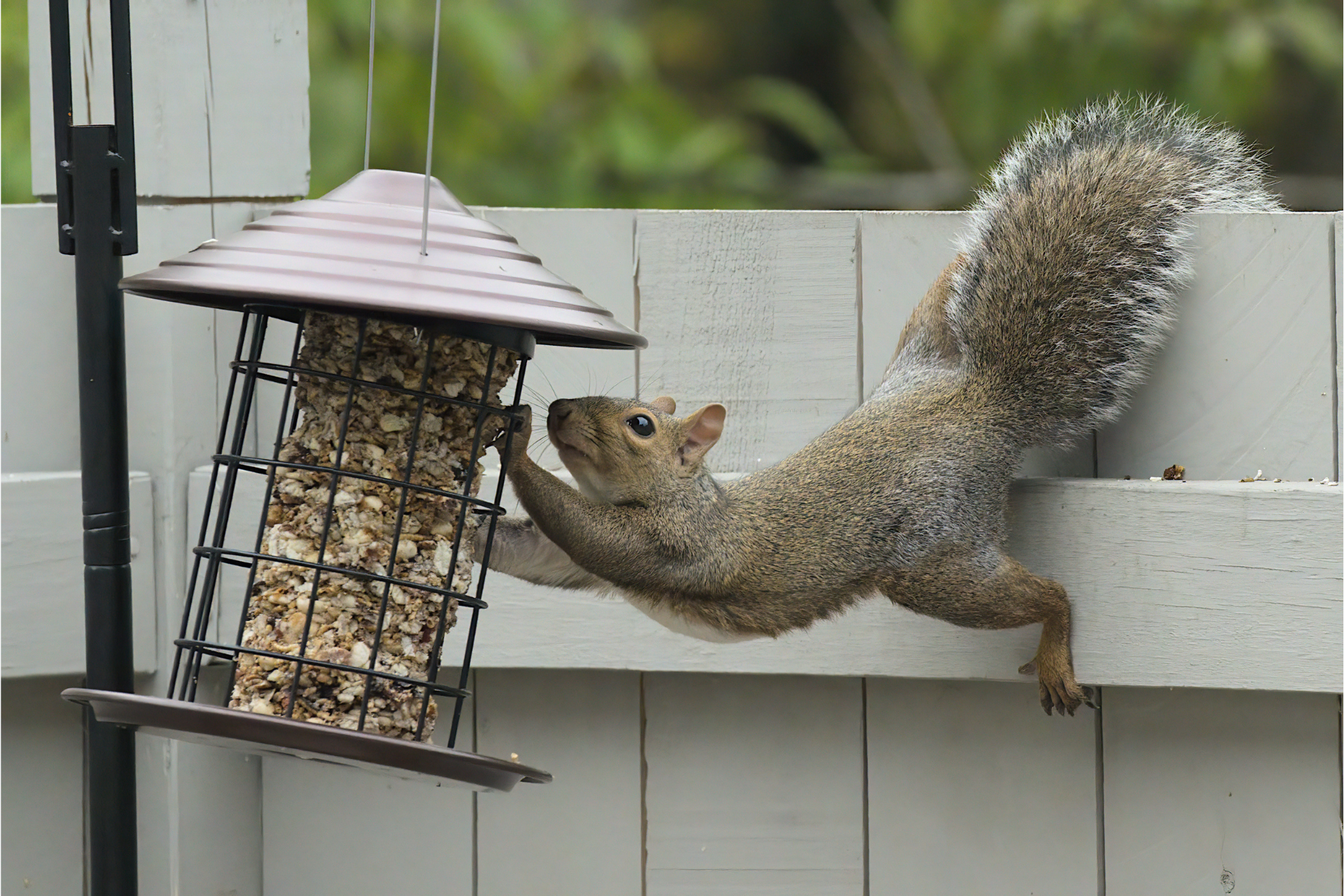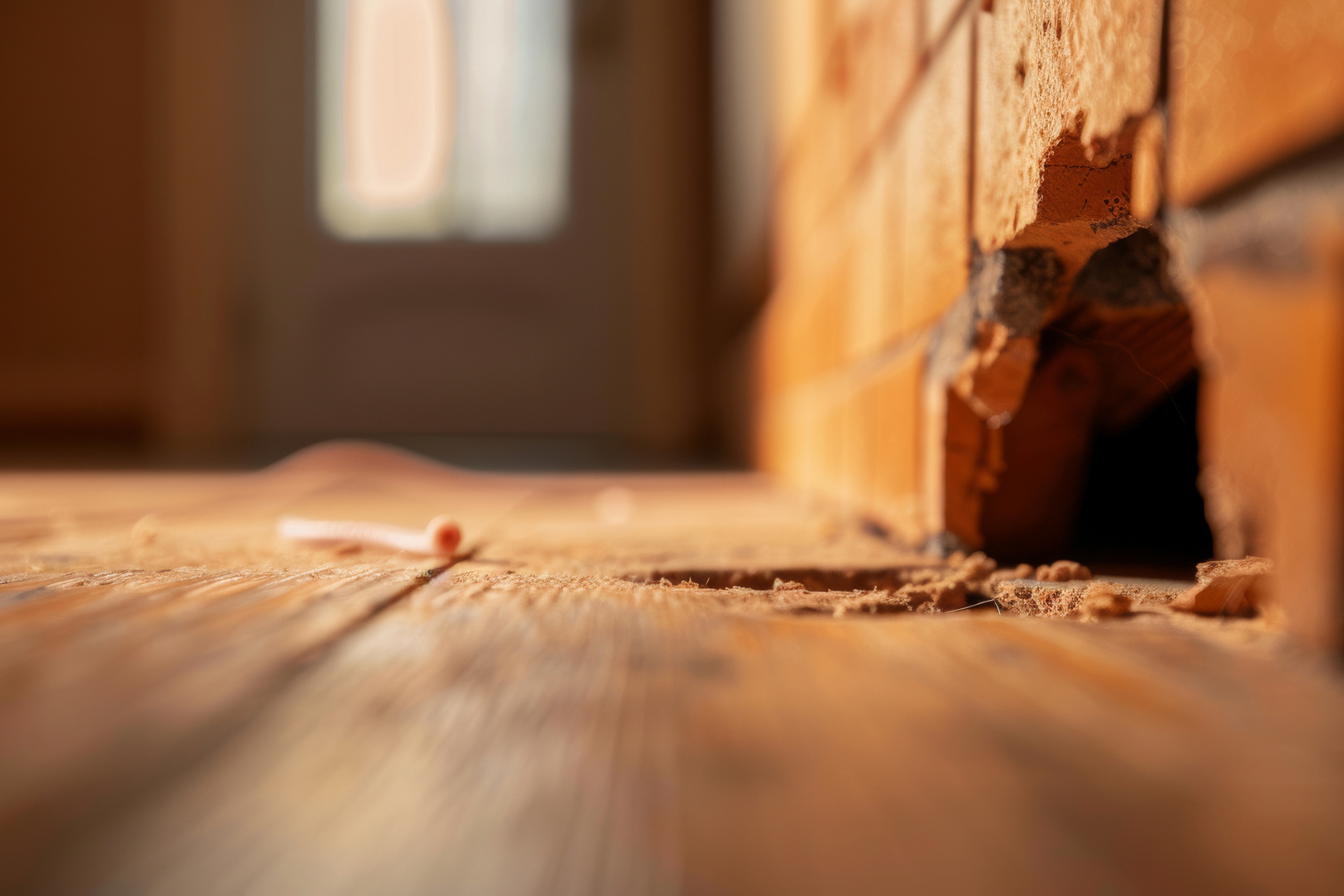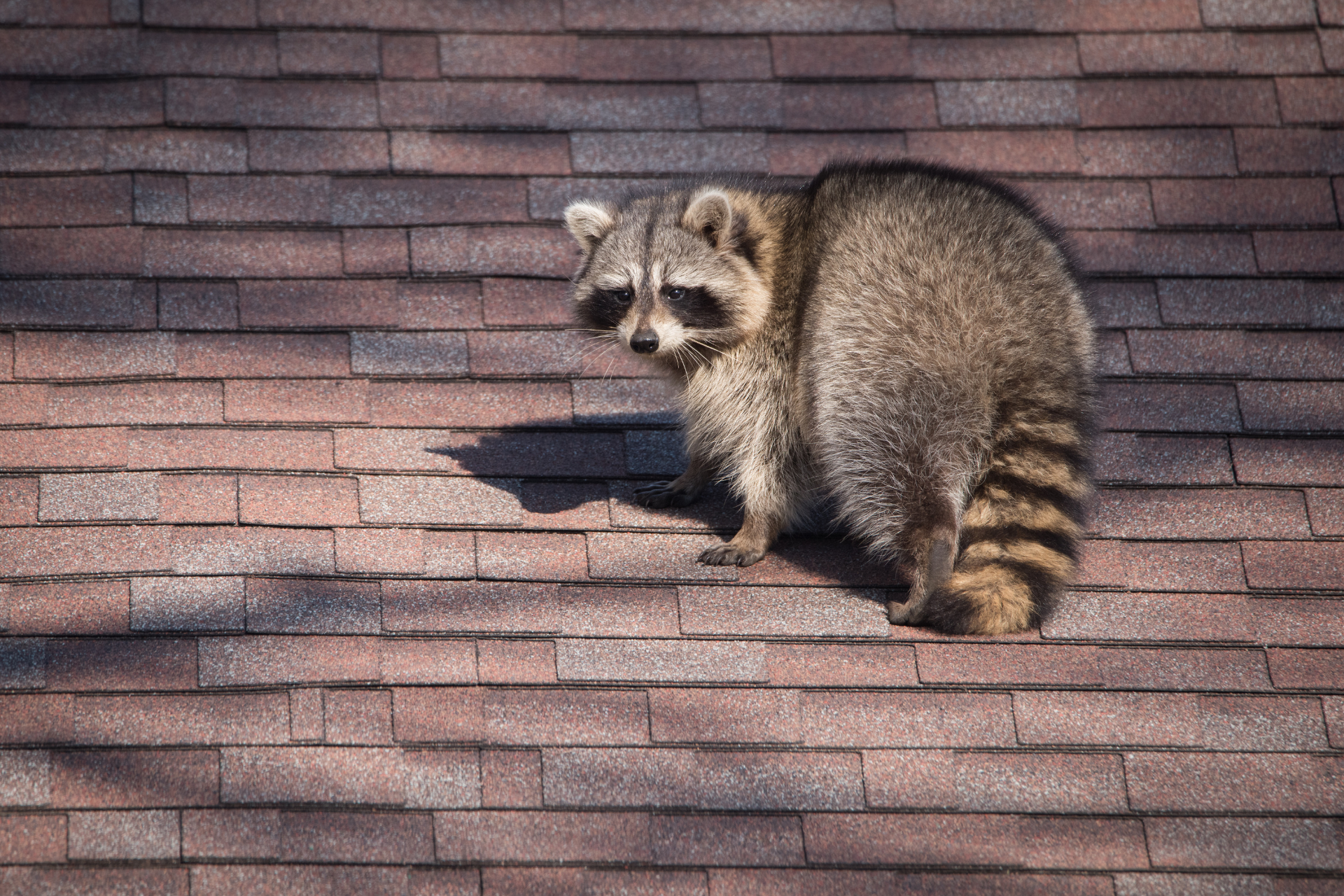The Troublesome Tenacity of Squirrels
Destructive Habits of Squirrels
Imagine waking up one morning to find your beautifully landscaped garden turned into a chaotic mess. This isn't the work of a natural disaster, but rather, a tiny, often underestimated creature: the squirrel. These agile, bushy-tailed rodents are known for their cute antics, but their impact on homes and gardens can be anything but adorable. This blog aims to educate homeowners about the various destructive habits of squirrels and emphasizes the importance of understanding these behaviors for effective wildlife control.
Destructive Habits Of Squirrels
When squirrels dig up bulbs, they are usually searching for food or looking to store their finds for later consumption. This disrupts the planting and can damage the bulbs themselves, making it difficult or even impossible for the plants to grow. The excavation of soil around the plants can also affect nearby vegetation, disturbing the roots and potentially leading to plant stress or death.
Moreover, their habit of snacking on sprouting plants affects gardens during the critical growth phases of vegetation. Young plants are at risk as they are still developing the strength and resilience needed to survive external stresses. Squirrels may nibble on tender shoots and leaves, which can stunt plant growth and reduce the overall yield of garden crops.
Ornamentals are particularly vulnerable because they often contain softer, more succulent tissues, which are easier for squirrels to eat compared to tougher, woody plants. The damage typically starts buds and tender flowers, which can prevent the flowers from blooming. This is especially disheartening for gardeners who anticipate the seasonal beauty of their blooms.
Among the flowers particularly favored by squirrels are tulips and crocuses, known for their colorful blooms and soft bulbs. These plants often bear the brunt of squirrel attacks in gardens due to their attractive and edible nature.
Chewing Through Wires: Home Electrical Hazards
The anatomy of a squirrel’s teeth is such that they never stop growing throughout its life. To prevent the teeth from becoming too long, which can lead to difficulty in eating or infections, they chew on a variety of hard materials, which can unfortunately include the wires found in attics, basements, and hidden nooks within buildings. This strips away the protective insulation, which increases the risk of short circuits. These exposed wires can then easily ignite surrounding materials, such as insulation foam, wood, or stored items, especially in cluttered spaces like storage areas in homes or stock rooms in businesses.
In commercial settings, the consequences of such damage can be particularly severe, leading to operational disruptions and financial losses. Businesses that rely heavily on uninterrupted power supply—such as data centers, restaurants, or retail stores—can experience significant downtime and revenue loss from electrical failures. The damage can also lead to costly repairs and increased insurance premiums, further impacting the financial stability of a business.
Rooftop Romp: Structural Damage To Buildings
When squirrels choose a roof as their entry point into a building, they typically search for areas that are already slightly weakened—perhaps by weathering or previous pest activity. Once a potential entry point is identified, they use their strong teeth and sharp claws to widen gaps, gnaw through materials, and claw their way in. This often involves chewing through roofing materials such as shingles, wooden beams, and even the softer metal components used in construction. The immediate result is often visible damage such as holes or loose tiles, but the impact goes deeper: they inadvertently expose the underlying layers of roofing to the elements. This can lead to water intrusion when it rains or snows, which seeps into the wooden supports and insulation layers. Over time, this moisture can cause rot in wooden structures and degrade insulation materials, leading to a loss of energy efficiency and requiring costly repairs. Moreover, the presence of moisture creates a hospitable environment for mold growth, which can have further implications for the health of the building's occupants.
The structural damage caused by squirrels is not limited to residential buildings; commercial properties are equally at risk. Facilities with significant rooftop machinery, such as HVAC units, can suffer disruptions when squirrels chew through wiring or nest in exterior parts of the system. This type of damage can lead to significant operational interruptions and financial burdens as repairs and replacements of specialized equipment are often costly and time-consuming.
Gnaw Marks And Entry Holes
The typical targets for these agile rodents are the more vulnerable components of a building’s exterior, such as wooden fascia boards, soffits, and siding. Fascia boards, which run along the edge of the roof and are instrumental in supporting the roof and keeping out moisture, are particularly susceptible.
Similarly, soffits, which cover the underside of roof overhangs, are less observed and thus offer a somewhat hidden route into the building. The damage here can be extensive as they create larger holes that could compromise the stability of the roof overhang and allow moisture and other pests to enter.
Siding, especially if made of materials like wood or certain softer composites, can also be severely damaged. These creatures can chew through siding to get into the wall cavities of a home, where they can build nests, store food, and live relatively undisturbed. The holes and marks are unsightly and degrade the protective capabilities of the siding, potentially leading to issues like mold growth and interior water damage.
Squirrels are drawn to the insulated spaces within car engines and under hoods, where they often build nests from gathered materials like leaves, twigs, and even shredded fabric or paper. These nesting materials, while seemingly harmless, can obstruct ventilation and interfere with the vehicle's mechanical components. The situation escalates when squirrels begin to chew on the wiring. Car wires are coated with insulating materials that, when intact, prevent short circuits and disconnections. However, when squirrels chew through these protective coatings, they expose the wires, leading to electrical shorts, malfunctioning of vehicle systems, and even potential car fires. These issues can affect everything from the lighting and electronic displays to more critical systems like braking and steering, significantly impacting the vehicle’s safety and operability.
Need help managing wildlife nuisances? Contact Agricole Wildlife Solutions today. Our expert team provides humane, effective solutions to protect your property and keep wildlife in their natural habitat. Schedule a consultation and regain peace of mind.




